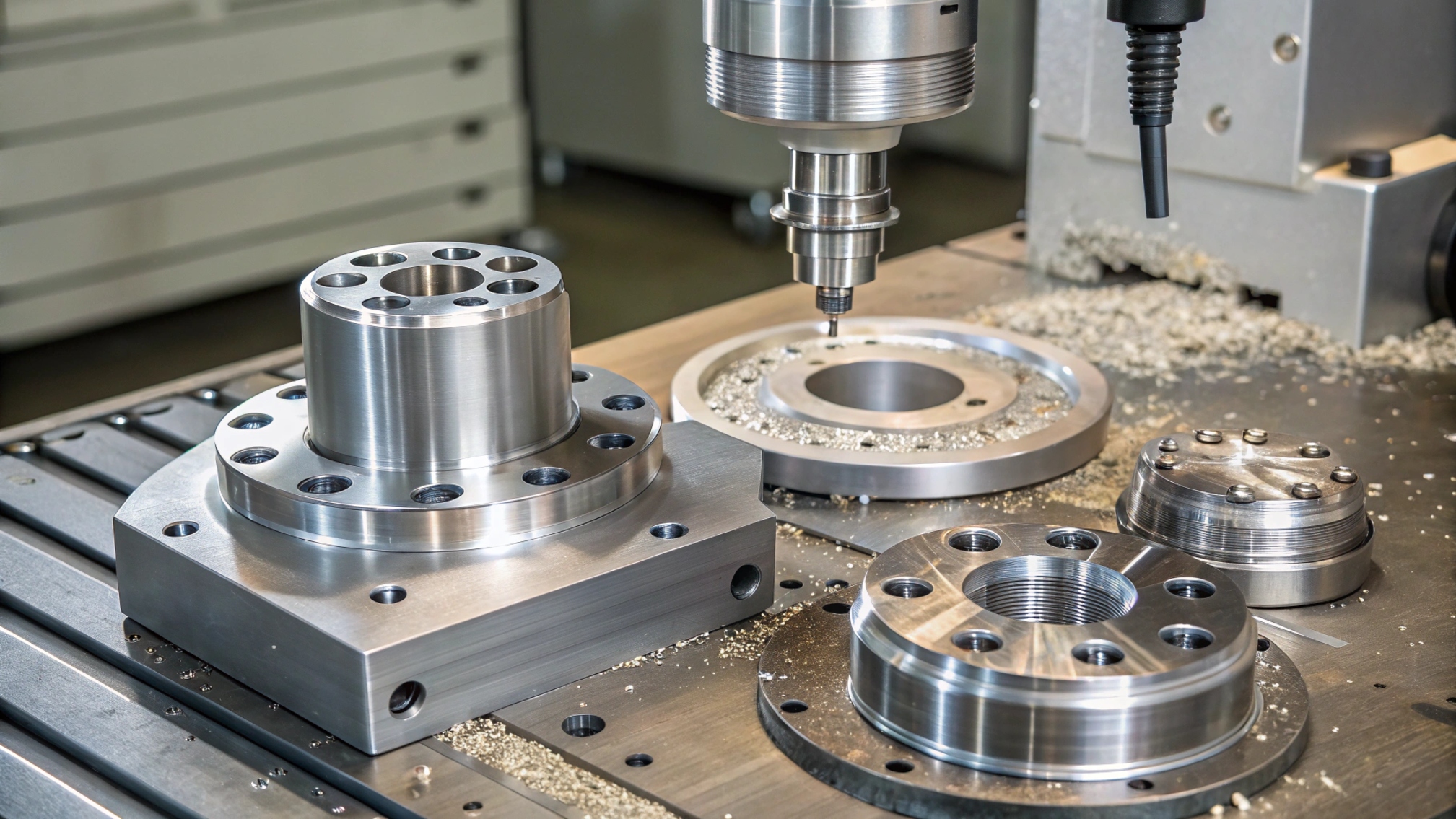
Aluminum alloys play a key role in industries from aerospace to construction. Two of the most common alloys are 6061 and 7075. But which one should you choose for your project?
6061 and 7075 are both versatile aluminum alloys, but their properties, strengths, and applications differ significantly.
In this guide, I’ll break down the key differences between these two alloys and help you make an informed choice for your needs.
What Are 6061 and 7075 Aluminum Alloys?
Both alloys are made from aluminum, but they differ in composition and intended use.
6061 and 7075 are both strong, lightweight alloys with different focuses on strength, durability, and machinability.
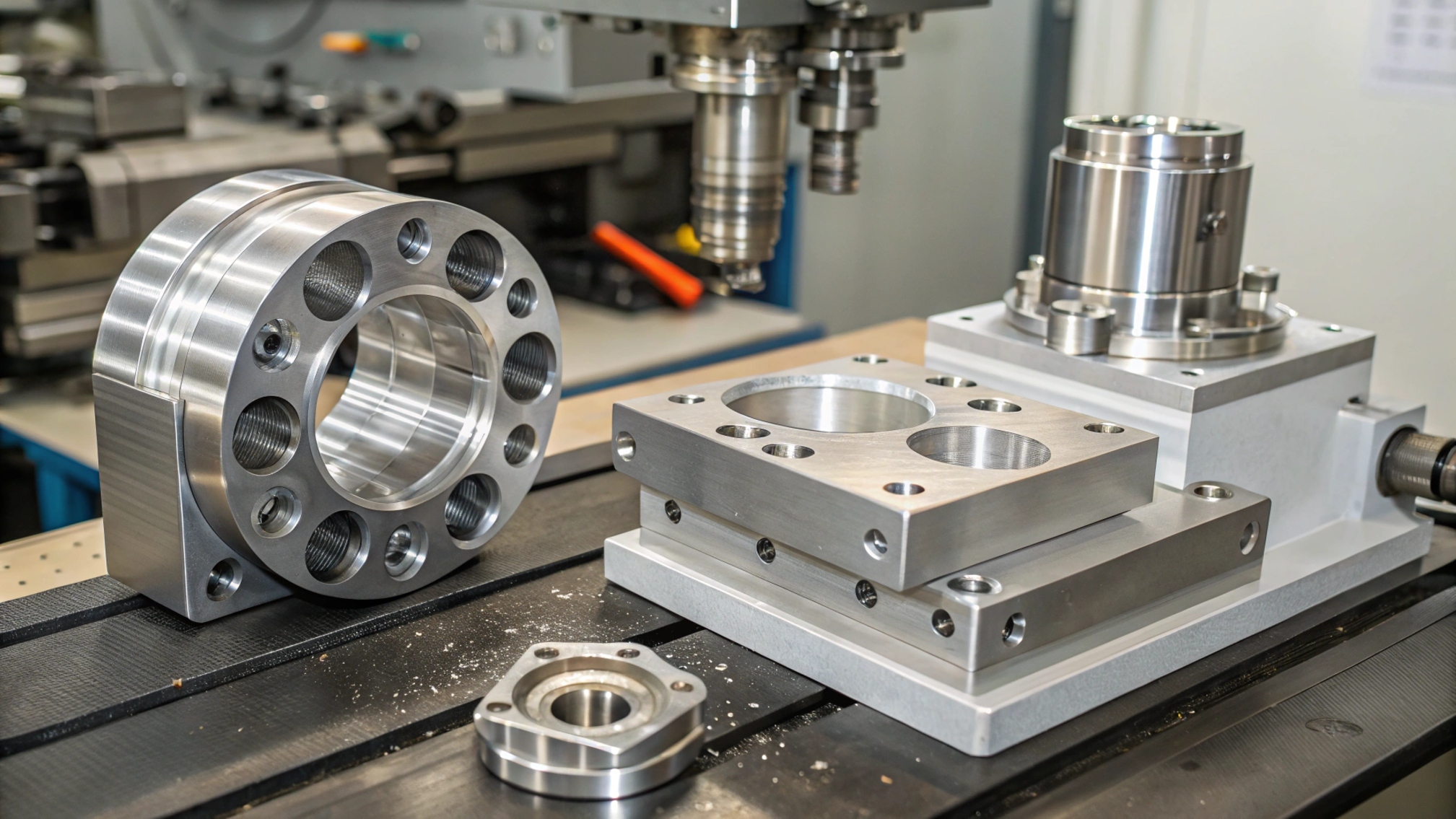
Understanding 6061 Aluminum Alloy
6061 is one of the most widely used aluminum alloys due to its versatility. It is an alloy of aluminum, magnesium, and silicon. This combination makes it highly resistant to corrosion and has good weldability and machinability. It’s commonly used for structural applications in aerospace, automotive, and marine industries.
Composition of 6061 Aluminum:
- Aluminum (Al): 97.9%
- Magnesium (Mg): 1.0–1.5%
- Silicon (Si): 0.4–0.8%
- Copper (Cu): 0.15–0.4%
- Chromium (Cr): 0.04–0.35%
- Zinc (Zn): 0.25% max
Understanding 7075 Aluminum Alloy1
7075 is another high-strength aluminum alloy, but it contains zinc as its primary alloying element, which makes it significantly stronger than 6061. However, it is less corrosion-resistant and harder to machine, which is why it's typically used in high-performance applications.
Composition of 7075 Aluminum:
- Aluminum (Al): 87.1–91.4%
- Zinc (Zn): 5.1–6.1%
- Magnesium (Mg): 2.1–2.9%
- Copper (Cu): 1.2–2.0%
- Chromium (Cr): 0.18–0.28%
- Iron (Fe): 0.5% max
Quick Comparison of Compositions Table
| Element | 6061 Alloy | 7075 Alloy |
|---|---|---|
| Aluminum | 97.9% | 87.1–91.4% |
| Magnesium | 1.0–1.5% | 2.1–2.9% |
| Silicon | 0.4–0.8% | 0.04% max |
| Copper | 0.15–0.4% | 1.2–2.0% |
| Zinc | 0.25% max | 5.1–6.1% |
As you can see, the alloying elements in 7075 are quite different, which gives it distinct mechanical properties.
Key Differences in Chemical Composition and Properties
6061 and 7075 are both aluminum alloys, but their properties differ significantly due to their unique chemical compositions.
Understanding these differences is crucial for selecting the right alloy for your needs.
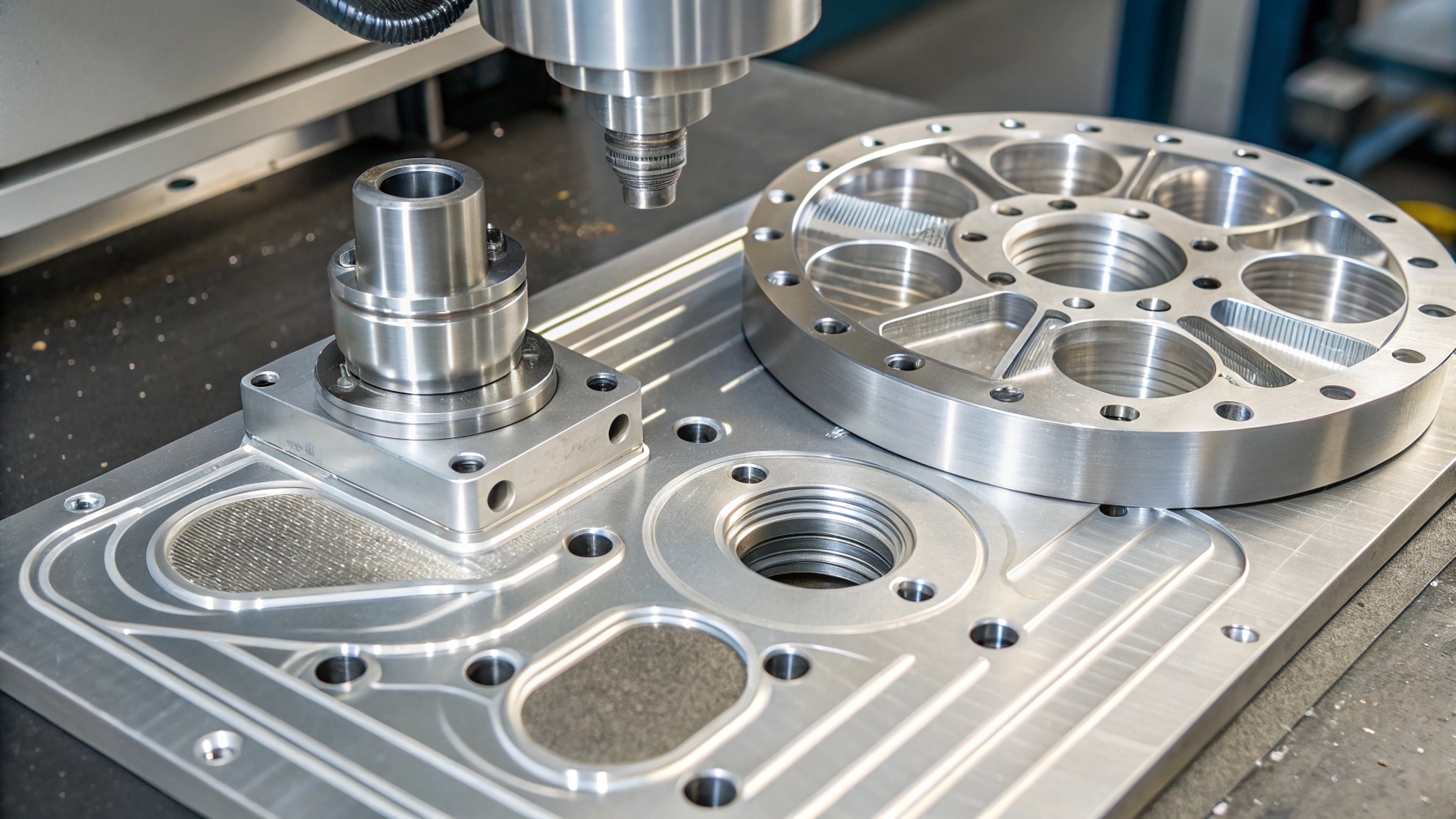
Mechanical Properties Comparison2
-
6061 Aluminum: Known for its versatility, it offers a balanced set of properties. It’s easier to work with and can be welded or machined easily. However, its strength is lower compared to 7075.
- Yield Strength: 35,000–40,000 psi
- Tensile Strength: 42,000–45,000 psi
- Elongation: 12-20%
-
7075 Aluminum: This alloy is stronger but less ductile. It’s used for high-stress applications, where strength and durability are paramount. However, its lower corrosion resistance makes it unsuitable for some marine or outdoor applications without additional coatings.
- Yield Strength: 73,000–78,000 psi
- Tensile Strength: 83,000–87,000 psi
- Elongation: 7-10%
Performance Comparison Table
| Property | 6061 Alloy | 7075 Alloy |
|---|---|---|
| Yield Strength | 35,000–40,000 psi | 73,000–78,000 psi |
| Tensile Strength | 42,000–45,000 psi | 83,000–87,000 psi |
| Elongation | 12–20% | 7–10% |
Clearly, 7075 offers superior strength, but 6061 offers more flexibility and better workability.
Which Alloy Offers Better Strength and Performance?
When comparing strength, 7075 clearly takes the lead, but is that always the better choice?
7075 offers superior strength, but its cost and lower machinability can be limiting.
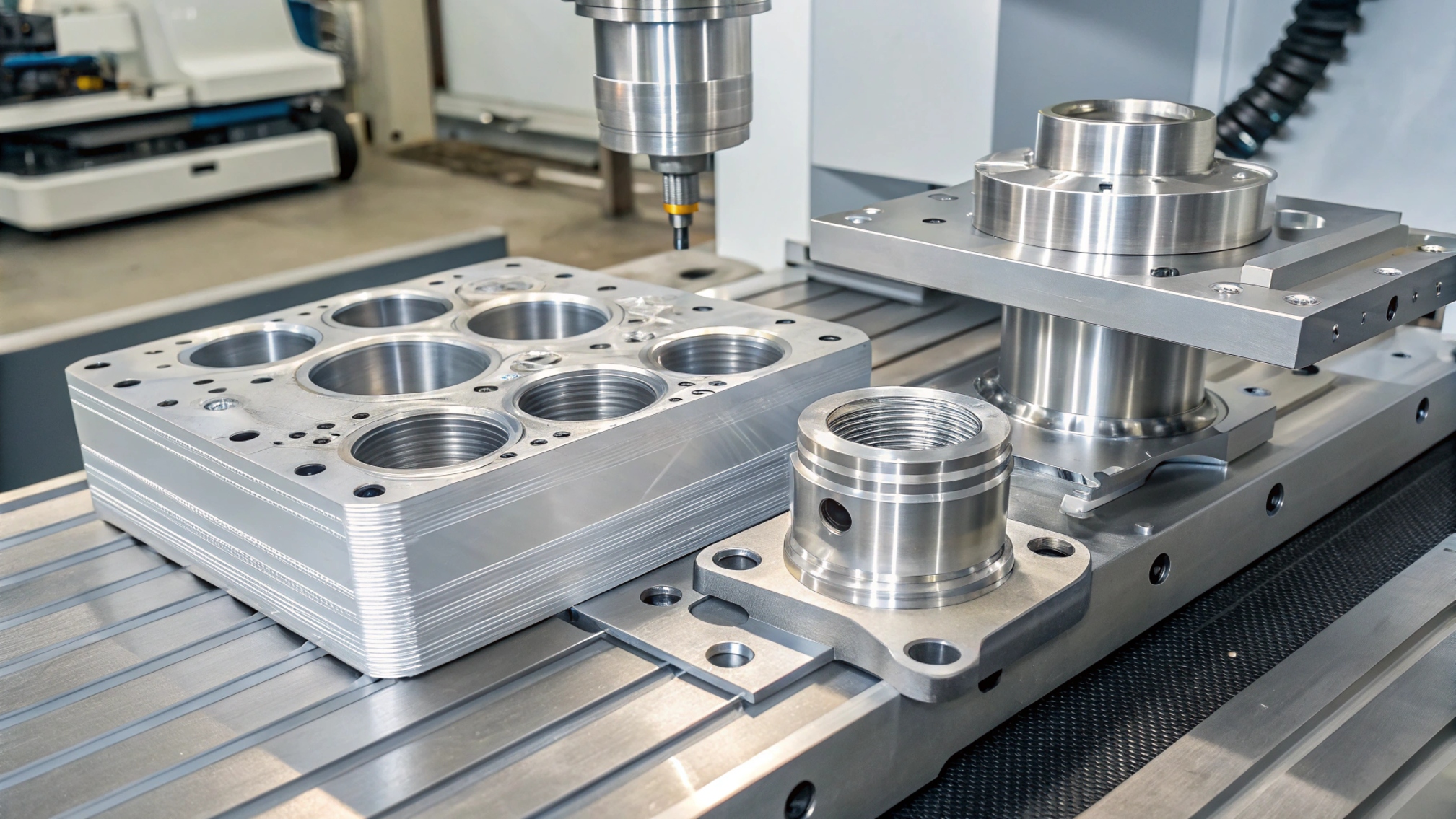
Why Choose 7075?
The main advantage of 7075 is its higher strength-to-weight ratio3, which is why it’s favored in industries like aerospace, military, and high-performance racing. If your project requires parts to withstand extreme stress, high fatigue, or high pressure, 7075 is a clear choice.
Common Applications for 7075:
- Aerospace components like aircraft wings and fuselages
- Military hardware such as weapons and equipment
- High-performance automotive parts
- Structural frames for racing vehicles
Why Choose 6061?
On the other hand, 6061 is a more cost-effective choice for many industries that don’t require the highest strength. It is easier to fabricate, weld, and machine, making it suitable for more general use cases. While it may not handle extreme stress like 7075, it’s still strong enough for most applications.
Common Applications for 6061:
- Structural frames and supports in construction
- Boat hulls and marine equipment
- Bike frames
- Automotive and truck parts
Strength and Performance Comparison Table
| Property | 6061 Alloy | 7075 Alloy |
|---|---|---|
| Strength-to-Weight | Moderate | High |
| Fatigue Resistance | Moderate | High |
| Stress Resistance | Moderate | High |
If your design calls for high strength but is not subjected to extreme conditions, 6061 might be a more practical option. But if you’re pushing the limits of performance, 7075 will deliver superior results.
How Do Machinability and Weldability Compare?
Machining and welding are two critical factors when choosing an aluminum alloy for production.
6061 is known for its excellent machinability and weldability4, while 7075 presents more challenges in these areas.
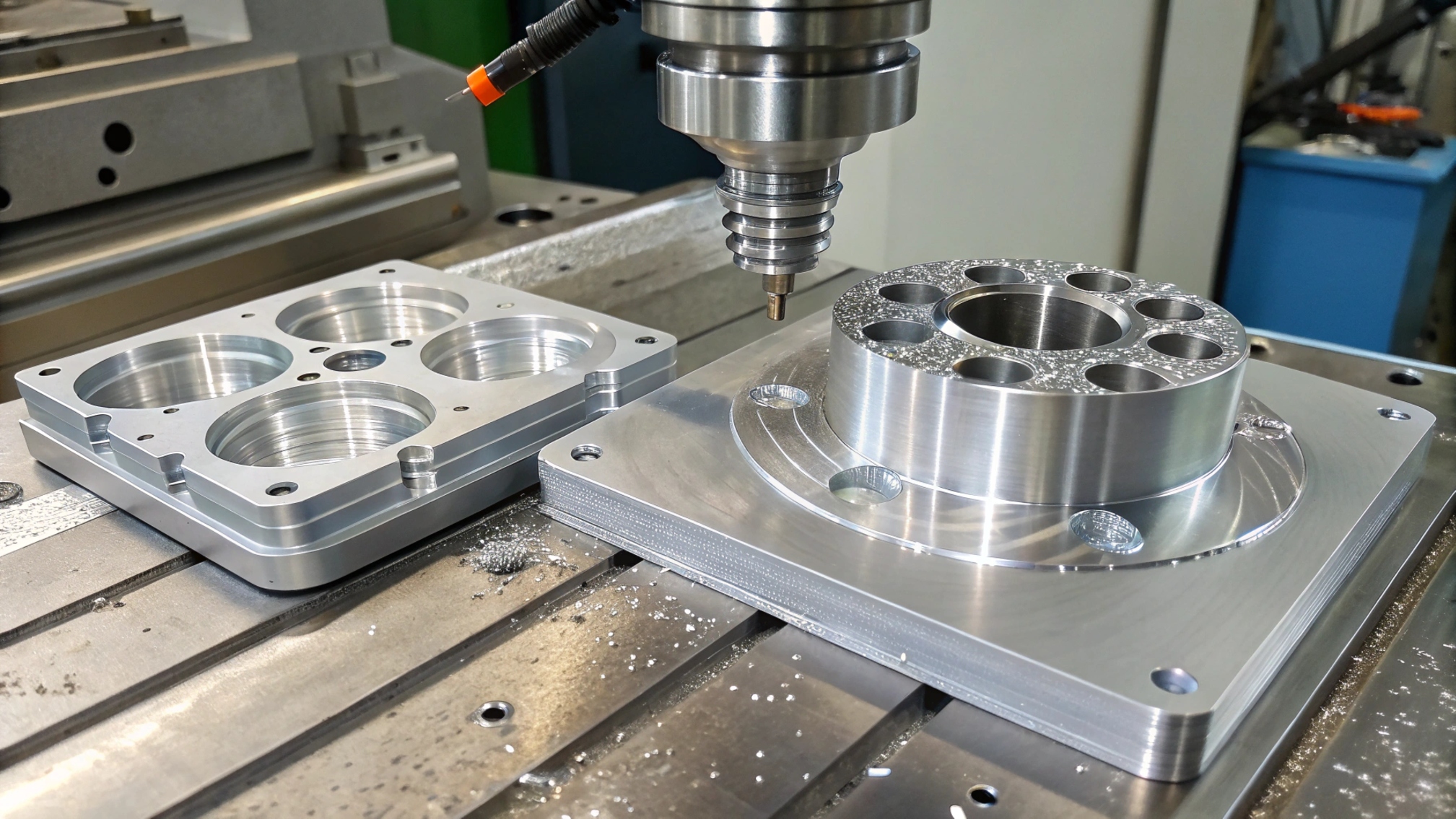
Machinability
-
6061 Aluminum: This alloy is easy to machine due to its balance of strength and ductility. It doesn’t tend to gum up cutting tools, and its chips are easy to handle. It’s perfect for producing complex parts on CNC machines.
-
7075 Aluminum: While 7075 is machinable, it is harder than 6061, making it more difficult to cut, especially in thin sections. It requires specialized tools and techniques to avoid tool wear and part deformation.
Machinability Comparison Table
| Feature | 6061 Alloy | 7075 Alloy |
|---|---|---|
| Cutting Ease | Easy | Difficult |
| Tool Wear | Low | High |
| Chip Handling | Easy | Difficult |
Weldability
-
6061 Aluminum: It’s one of the most weldable aluminum alloys. It can be welded using common techniques like TIG and MIG welding, making it ideal for fabrication and repair work.
-
7075 Aluminum: It’s more challenging to weld due to its high zinc content. The heat from welding can cause cracking and other defects, so if welding is necessary, you’ll need to use specialized techniques and filler rods.
Weldability Comparison Table
| Feature | 6061 Alloy | 7075 Alloy |
|---|---|---|
| Welding Ease | Easy | Difficult |
| Susceptibility to Cracking | Low | High |
For projects requiring extensive machining and welding, 6061 is definitely the better choice. But if the part requires the highest strength and welding isn’t necessary, 7075 may still be a viable option.
Which Aluminum Grade Is Best for Your Project?
Ultimately, your choice will depend on your project’s requirements for strength, machinability5, weldability, and cost.
Consider these factors carefully to determine which aluminum alloy best fits your needs.
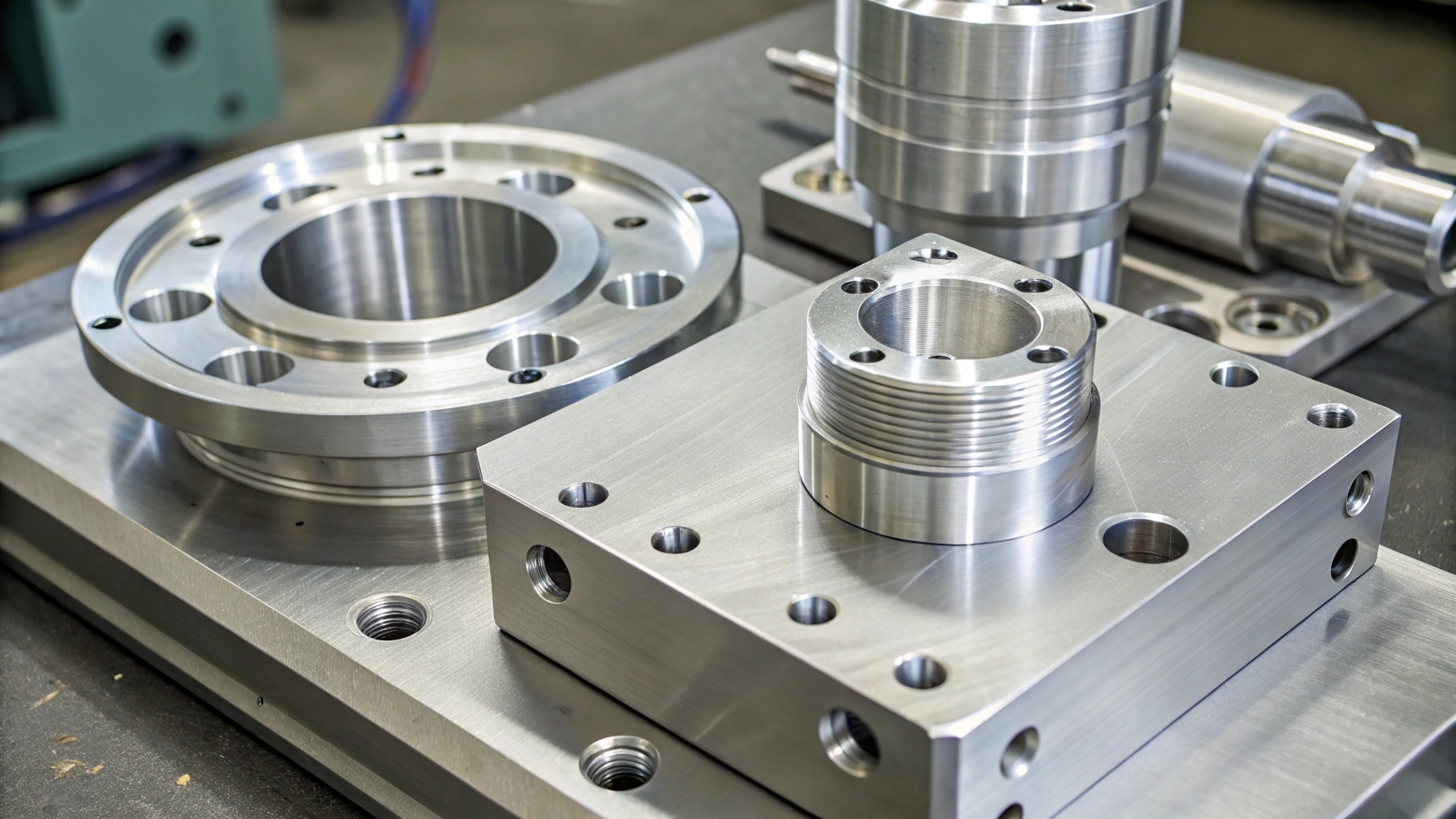
When to Choose 6061?
- When weldability and machinability are key
- For general-purpose structural applications
- For projects with moderate strength requirements
- When you need cost-effective production
When to Choose 7075?
- When maximum strength and durability are critical
- For aerospace, military, or high-performance automotive applications
- When the project requires minimal welding or no welding at all
- When weight is a critical factor and the cost is less of a concern
Final Decision Table
| Criteria | 6061 Alloy6 | 7075 Alloy7 |
|---|---|---|
| Strength | Moderate | High |
| Weldability | Excellent | Poor |
| Machinability | Excellent | Moderate |
| Cost | Low | High |
In my experience, 6061 is a safe bet for most applications unless you need the extreme strength that 7075 offers.
Conclusion
Both 6061 and 7075 offer unique advantages. 6061 is versatile and cost-effective, perfect for general applications. 7075, however, is ideal when strength and performance are paramount.
-
Discover the high-strength characteristics and specific uses of 7075 Aluminum Alloy in performance-driven sectors. ↩
-
Learn about the mechanical properties of various aluminum alloys to make informed decisions for your projects by checking this resource. ↩
-
Understanding the strength-to-weight ratio is essential for making informed decisions in engineering and design, especially in high-performance fields. ↩
-
Understanding weldability can help you choose the right aluminum alloy for your specific fabrication needs. ↩
-
Understand the importance of machinability in selecting aluminum alloys for your projects, ensuring optimal performance and efficiency. ↩
-
Explore the advantages of 6061 Alloy for various applications, especially in terms of weldability and cost-effectiveness. ↩
-
Learn why 7075 Alloy is the go-to choice for aerospace and high-performance projects due to its strength and durability. ↩

